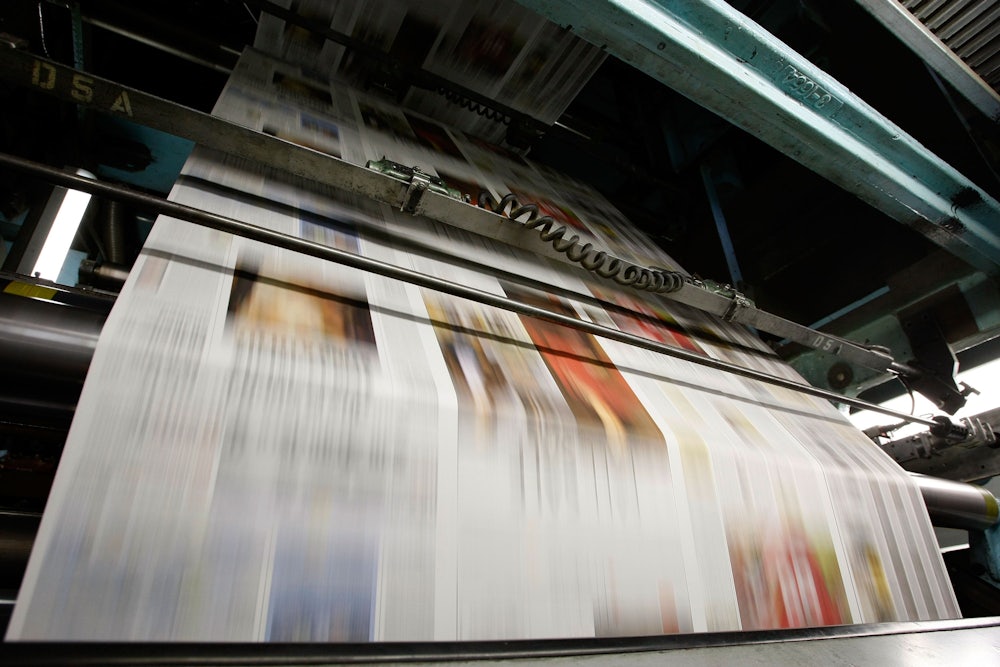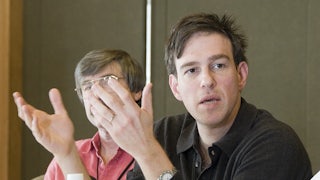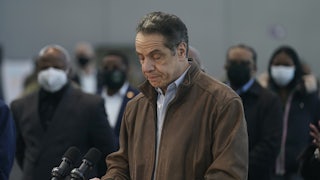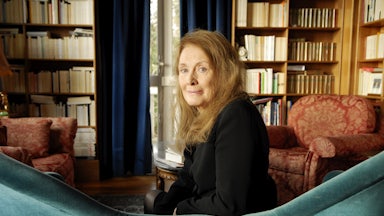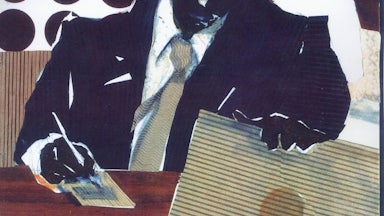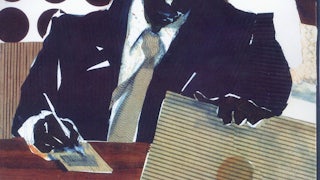In April 2017, just over a month before The New York Times brought the 14-year history of its public editor to an ignominious end, writer Leah Finnegan used her column at The Outline to ask: “Who is the public editor for?” Ostensibly a kind of ombudsman, an advocate for and occasional explainer to a publication’s readership, the role, at the Times and elsewhere, frequently seemed to be less of a readers’ representative and watchdog than it was an expression of one of the great unacknowledged weaknesses of American journalism: its oddly unreflective self-infatuation; its strange and public obsession with codes and standards of professional conduct and ethics that so often seem to voters, citizens, and consumers of news to be ad hoc, byzantine, asinine, and, quite frequently, absurd.
The singular success of—and general high regard for—Margaret Sullivan, the Times’ fifth and penultimate public editor, was the exception that proved the rule. Dogged, thoughtful, and unafraid to take the occasional run at the principles and traditions of a journalistic edifice that clearly thinks of both words in capital letters, at least when self-applied, Sullivan occupied a unique place as an outsider’s insider. She had already run a major newspaper, The Buffalo News, as its editor and managing editor, and she was already a Pulitzer jurist and, since 2011, a member of the Pulitzer Prize Board. She had a proper provincial suspicion of the pretensions of the major coastal media outlets, but she was enough of a dyed-in-the-wool press reporter of the old school to navigate the Times’ fractious and political newsroom and management with native fluency. If she made few durable changes at the paper—as she herself admits in her new book—then they were a few important ones, especially an imperfect but important and long overdue renovation of the paper’s questionable overreliance on anonymous sources.
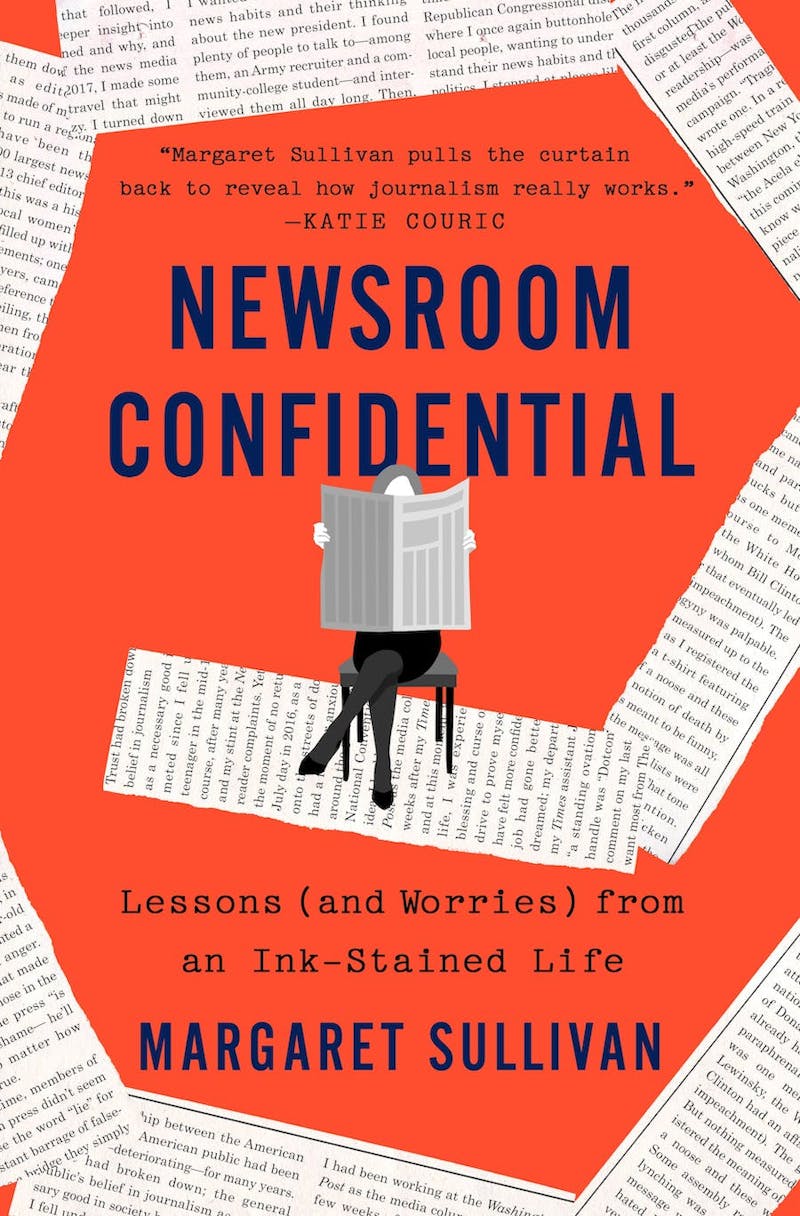
That new book, Newsroom Confidential: Lessons (and Worries) From an Ink-Stained Life, is a brisk—often too brisk—combination of professional memoir and essay in media criticism that juxtaposes Sullivan’s journalistic autobiography with expanded thoughts on some of the most central themes and topics of her media columns: that overuse of anonymous sources; the question of objectivity or neutrality; the challenges posed by media fragmentation; the rise of partisan right-wing media; the decline of local news. The Times, its many august characters and personalities, and its frankly shocking workplace culture—scandal-prone, embarrassingly territorial, presided over by an alternately juvenile and high-handed management—casts a long shadow over the whole volume, as the world’s most influential paper must, but the book also tackles her earlier days in Buffalo; her post-Times stint as a columnist at The Washington Post, recently acquired by Jeff Bezos; and her broader musings on an industry she loves, whose decline she laments.
But the very qualities that made Sullivan such a rare success in the field of media journalism—equanimity, curiosity, and an open-minded objectivity far more sophisticated and supple than the obdurately naïve version presented by so many of her colleagues and quarries as the highest aspiration of good reporting—pose challenges to the type of book that she has written in Newsroom Confidential. Sullivan has a kind of professional reticence, a hesitancy about centering herself in either narrative or analysis, that probably is a good quality in a reporter, but which renders an autobiographical narrative opaque—and illustrates some of the limits of even the most astute writer in the role of in-house critic.
Moments of pathos, absurdity, humor, and triumph break through on occasion. In an early, compelling, and too brief recollection of her youth in Lackawanna, New York, an old steel town south of Buffalo, the precocious Sullivan navigates the “gender issues at play in the late 1970s for an ambitious girl,” including a lovely, sad portrait of her mother, who
had given up a promising future as a women’s fashion buyer for a department store to get married and start a family in the 1950s; she was a rising star, scheduled for her first buying trip to Paris and Milan, when she resigned at age thirty to marry my father. Growing up, I was aware that she had some regrets about abandoning her career; but, as an American whose parents were born in Lebanon (soon after immigrating, her father opened a men’s clothing store in Lackawanna, which became the family’s livelihood), she channeled her urges for upward mobility into her children’s lives. She propelled my older brothers toward academic achievement and careers in respected professions. Taking heed, they became a doctor and a lawyer. But she thought I might be best suited to become, as she put it, an “executive secretary.”
I wanted to know more! Or, at least, to take more than a handful of pages to breathe in this milieu, to see it, and Margaret Sullivan, in more color, to get a better sense of the development of the mind behind the critic.
Instead: a speed run through college, internships, cub reporter, early career. Within 10 pages, it’s 1999 and she is being named the first woman editor of The Buffalo News. Just one paragraph after that, it’s 2007 and she is divorcing her husband. She alludes, in passing, to the strain of her executive position on a dual-career marriage, but makes almost no other comment. I understand the impulse toward privacy, and I understand the impulse to avoid mucking up a professional memoir with mawkish family drama, but, well, in the words of another great journalist: “Writers are always selling someone out.” Including, if we are being honest, themselves. It’s hard to avoid concluding that in these lacunae, something essential was lost, something that might explain how and why Margaret Sullivan became Margaret Sullivan.
This reticent quality suffuses her summaries of her later career. Interactions are sketched out in “he said, she said” paraphrase (in part, to be fair, because many of these interactions with colleagues were “off the record,” a convention that the journalist in Sullivan is unwilling to abandon in favor of a story). She is loath to speculate as to the inner states of others, and while she allows occasional glimpses of her own of discomfort, unease, awkwardness, and triumph, she remains, in a real sense, a cipher: still the voice of her column.
It is in part, perhaps, the fault of her publisher, who saddled the book with an unfortunately evocative title. Newsroom Confidential: Lessons (and Worries) From an Ink-Stained Life cannot help but recall Kitchen Confidential: Adventures in the Culinary Underbelly, the celebrated memoir and food industry exposé by the late Anthony Bourdain, an altogether more personal and more savage book. But while Bourdain had developed, by the end of his life and career, into one of America’s great journalists, he had at heart a novelist and memoirist’s penchant for self-exposure, and he took a plainly sadomasochistic delight in revealing the gross underbelly of the industry he loved. Sullivan is no less fond of the news biz, and she is a fierce critic, but one nevertheless senses a hesitance to burn certain bridges, and I couldn’t put down the suspicion that some punches were pulled.
Yet if sometimes frustrating, Newsroom Confidential is never boring; I blew through my first reading in a single sitting. It is a well-organized digest of Sullivan’s last decade or so as a critic of the news media, from the misguided and ultimately disastrous fervor of the immediate post–9/11 era to the problems of egotistical chief editors who, whatever their journalistic and editorial acumen, seem almost uniformly ill-suited to the task of managing people and organizations. An entire chapter titled simply “Jill Abramson and Dean Baquet” recounts the bizarre palace intrigue of these two recent, famous, and controversial Times editors, the former peremptorily and publicly fired in favor of the latter. Had Abramson insulted Baquet by bringing in a second deputy? Had he given the paper’s management an ultimatum? Was it subtle sexism over a “pushy” woman (who, to be fair, brings Sullivan to tears in the same chapter and not unsubtly threatens her job)? Did she fail to understand the new demands of digital platforms? Or was it some other ineffable heresy against the baronial Sulzberger family that still controls the organization? What it was not, for an organization approaching $2 billion in annual revenue, with over nine million subscribers and 4,700 employees, is anything approaching competent management. It all comes off as quite absurd, although I admit I would have liked to hear more from other insiders, reporters and nonreporters alike. I suspect Sullivan’s justified aversion to anonymous sourcing would have made that impossible.
Ironically, in a chapter devoted to this frivolity, we get much of the story of one of Sullivan’s necessary and heroic reporting victories. This is the period when, with relentless purpose and real moral seriousness, she revisited the Times’ appalling and extraordinary decision to withhold information on the NSA’s warrantless domestic wiretapping program for more than a year. (This is the source of much of her tension with Abramson, who felt that Sullivan was exceeding her brief by examining what she considered a settled, decade-past episode.) Sullivan has a great reporter’s ear for the slyly damning quote, as when she interviews former Times editor Bill Keller on the paper’s decision to withhold that story for over a year, which he partially defends: “It was not a kind of patriotic rapture. It was an acute sense that the world was a dangerous place.” Which was, of course, a kind of patriotic rapture.
There are other stories. When a Times reviewer has the temerity to give Tesla’s Model S a mediocre review, Sullivan is forced to sort out the ensuing backlash. “Besieged by aggrieved Elon Musk superfans on one side and worried Times journalists on the other—and lacking a great deal of automotive expertise myself—I spent days investigating and trying to come to a conclusion.” She concludes that the reviewer was mostly, but not entirely, in the right. It’s a charming story and a glimpse into the kind of unmediated social media monster that Musk would inevitably become, but it also flies by, an anecdote followed by a paragraph-long laundry list of other controversial topics.
Newsroom Confidential does arrive at an opportune—or unfortunate—time, when Sullivan’s necessary brand of press criticism is in perilous decline. Publications have already eliminated their public editor and ombudsman positions. Ben Smith, the unevenly excellent media reporter who joined The New York Times in 2020, served as something close to a replacement for the public editor. He wrote stories on the questionable reporting in Rukmini Callimachi’s Caliphate podcast, on the media’s love-hate obsession with Donald Trump, on the corrupt debacle of the new media startup Ozy. But he left just a year in to found something called Semafor—a disruptive startup designed to cure growing public distrust of media by speaking to “an English-speaking, college-educated, professional class of over 200 million people.” Never mind that this is the global demographic most inclined to trust the news. Meanwhile a newly conservative CNN has canceled Reliable Sources, a flawed but intermittently useful show and one of the last bastions of media criticism on network or cable news.
A tour d’horizon of the state of the industry, Sullivan’s book lacks a real material interest in the media’s current ownership structure, but its critiques of standards and practices are usually spot-on. Its recommendations for a better press—one less focused on the horse race of elections; more open to self-reflection and course correction—are unobjectionably correct even if that same lack of real engagement with the who and the qui bono of the media’s ownership renders them more as prayers than commandments.
I might have preferred a simple collection of essays with a personal introduction by the author, but in this moment, when the press still hesitates to attribute the drowning of Pakistan to climate change, when politicians’ genocidal campaigns against trans people or obvious, self-confessed intentions to subvert whatever remains of democracy in the United States elicit the same yawning bothsiderism as any dull story about marginal tax rates, well, I will take what modicum of sanity I can get.
